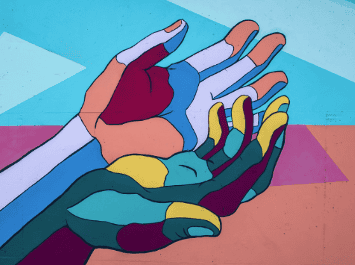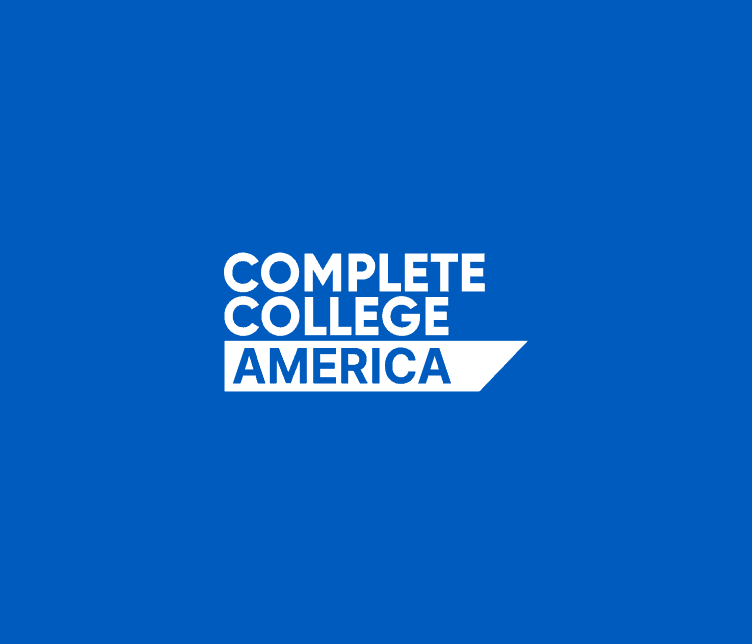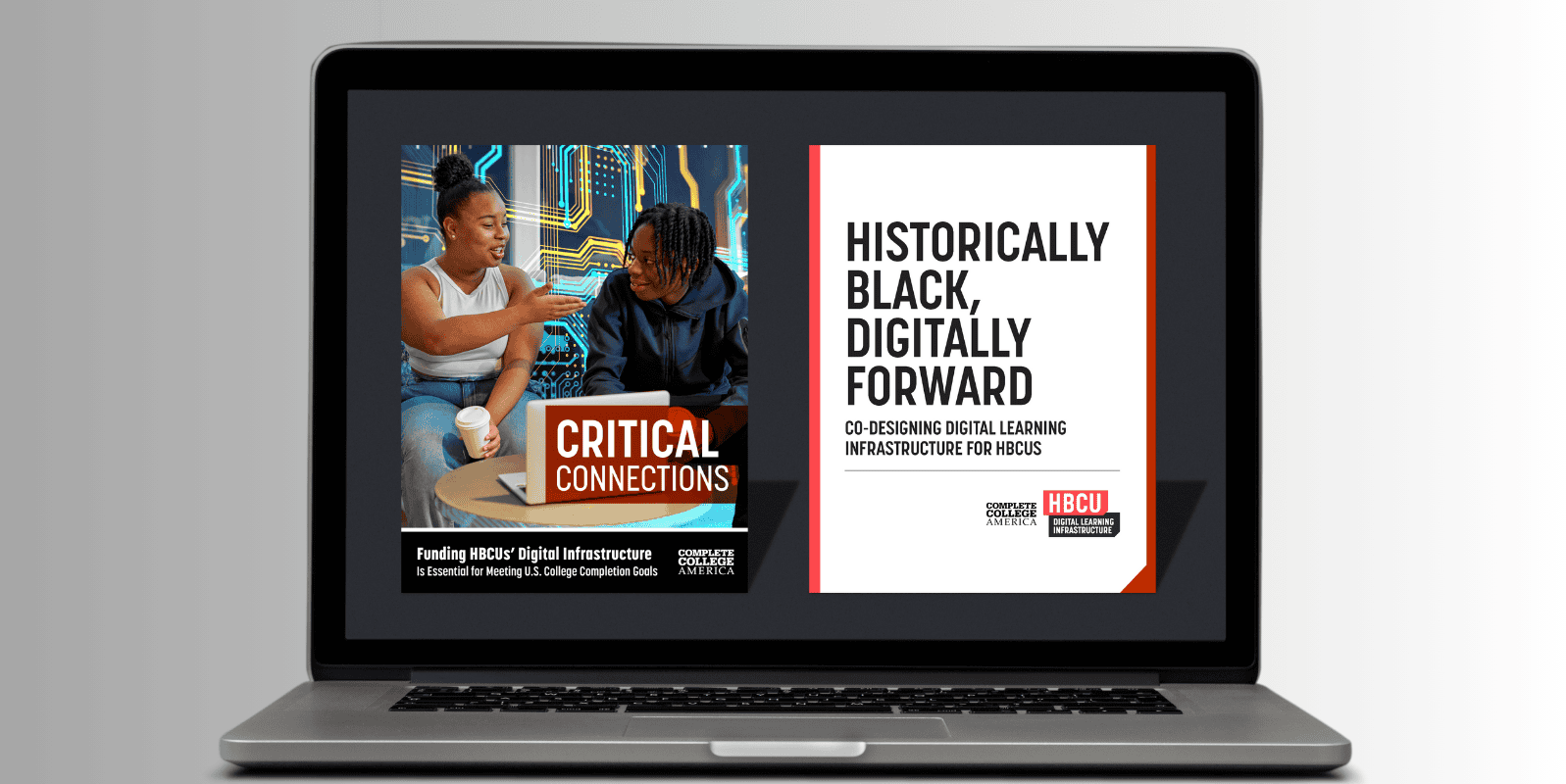By: Mahlet Sugebo
Over the years, colleges and universities across the nation have increasingly stressed the importance ofproviding adequate mental health resources for their students. But, the different racial context that Black, Indigenous and students of color (BISOC)are in are often ignored, resulting in a lower graduation rate for BISOC.
And this lower graduation rate isn’t due to a lower enrollment of BISOC. According to The Chronicle of Higher Education, even though BISOC make up more than 45% of the undergraduate population, only one-third of graduates are BISOC as of 2019.
Knowing this, we have to ask, why are BIPOC graduating at lower rates? Is it the fault of their institutions?
Well, BISOC are faced with a completely different set of challenges when they enter a college or university campus than white students. In the current COVID-19 crisis, BIPOC are disproportionately affected by the pandemic than any other demographic, resulting in a lot more stress about being back on-campus this Fall. They are also faced with racialbigotry, with feeling like an imposter, and alienation at predominantly white institutes. And due to the systemic racism in the medical field, BISOC havepoorer mental health counseling outcomes when they reach out for professional help.
There is a high amount ofalienation that BISOC feel in their campus environments, especially when their institutions are predominantly white.Out of the 1000 college/university students the JED Foundation polled, only 28% of students of color described their campuses as inclusive and 46% said they feel isolated on their campuses. Conversely, 45% white students expressed their campuses as inclusive and 30% said they feel isolated. This feeling like an impostor can result in fears that they don’t deserve to be there, and like BISOC are there solely because of luck.

This isolation is represented in student demographics, too. According to a report by The Education Trust published in 2020, only 9% of the 10 prestigious institutions they looked at admitted a representative number of Black students, and only 14% admitted a representative amount of Latinx students.
Next to the isolation, college and university campuses have become increasingly racially hostile. The number of recorded hate crimes happening on campuses increased by 25% from 2015 to 2016, said theU.S. Department of Education. There has also been a rise in racial violence in surrounding communities, as well, according to a report by the FBI. The 2018 report cited an increase of “crimes against persons,” showing an increase in violent acts committed against BIPOC.
All of the above situations that BISOC experience on-campus takes high toll on their mental health. Out of the 43,357 college and university students surveyed by Healthy Minds Study, 42% expressed having dealt with some form of mental illness. Out of that total, 53% of Arab/Arab American students and 40% of African American students expressed having dealt with mental illness.Out of that 40, only 21% got a diagnosis, significantly less than the 48% of white students that got diagnoses.
And so, it’s clear that providing improved mental health resources for BISOC is that much more important this Fall. Black students specifically, now have to deal with the emotional trauma that came with the recent killings of George Floyd, Breonna Taylor, Ahmaud Arbery, and many others. They now have to carry the weight of this trauma, while trying to stay on-track in their degree programs this coming Fall. And if their institutions aren’t providing mental health counseling that’s mindful of the different context that Black students are in, then their achievement rates are going to be immensely affected.
And so, in order to ensure that BISOC are achieving at the same rate as white students, institutions need to provide mental health resources that are holistic and equitable in their approach. Institutions need to become cognizant of the different ways students’ mental health is affected, and the role that their race plays. They have to take up the responsibilityof creating and fostering a campus that has equitable mental health resources for their students of color.
One specific way that they can do that is by increasing the number of Black, Indigenous and counselors of color in their campus counseling centers. Increasing the number of BIPOC hired as counselors can help BISOC have people they can talk to that understand exactly where they’re coming from.
For example, hiring an Indigenous counselor can help Indigenous studentsknow that at least one person on their campus understands how their community, specifically Navajo Nation, has the highest number of COVID-19 cases in the nation. And the counselor can give those student adequate resources on how to handle that while being a full-time student.
And taking these necessary steps of accommodating counseling centers to BISOC is one way to ensure that they are achieving at the same rate as white students.“Understanding and addressing the mental health needs of racially diverse students is essential to supporting their success and creating equity in other dimensions,” said Sarah Lipson, a Boston University Assistant Professor of health law, policy and management.“…including persistence and retention,” she added.
Institutions need to focus on uplifting their Black, Indigenous and students of color. It’s time that institutions take the necessary steps to close graduation gaps among students and make sure their BISOC are succeeding in their respective fields.




